Whatever the pheasant’s height – or your ability – follow Steve Rawsthorne’s advice to ensure you kill it cleanly
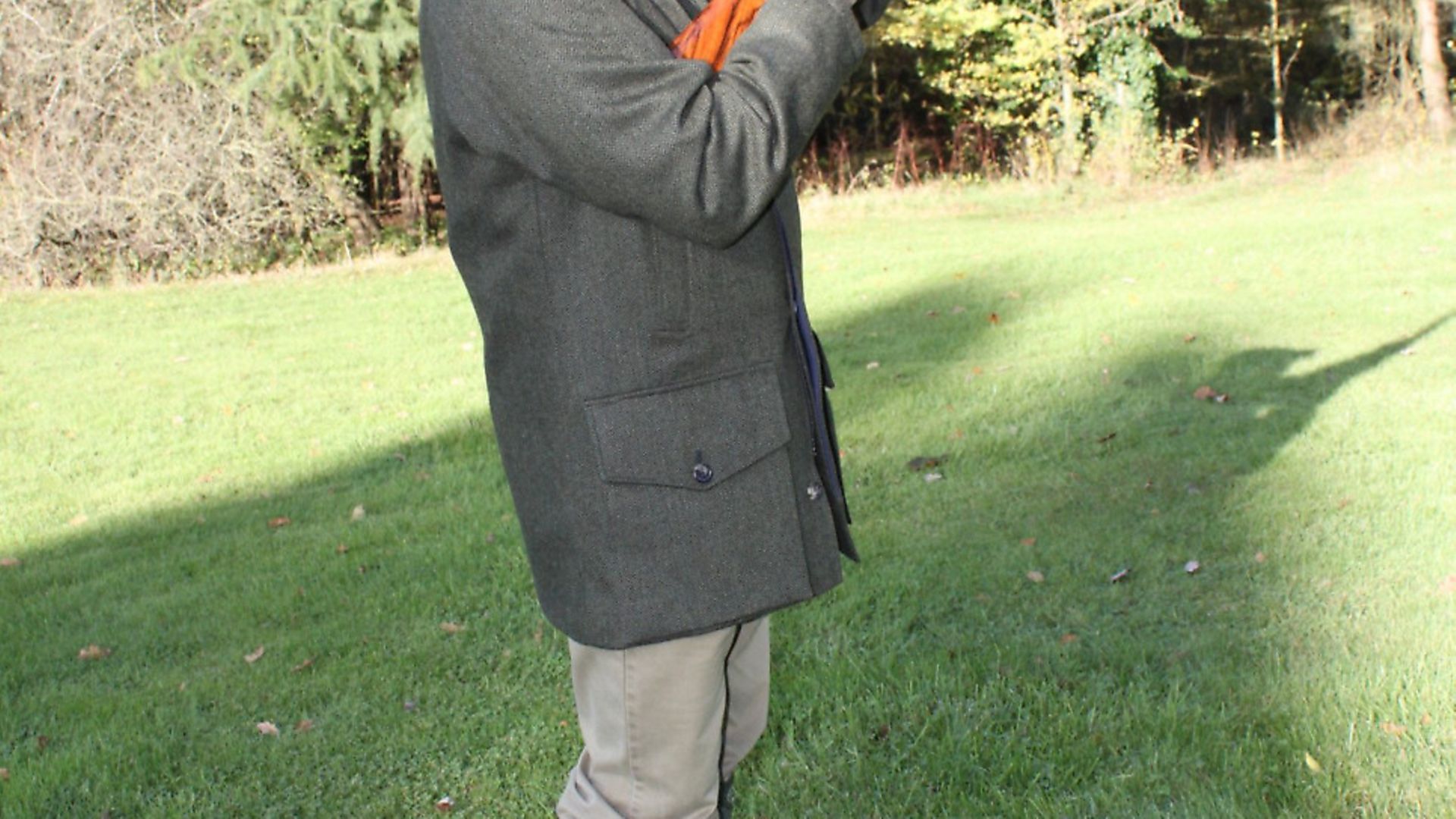 credit: Archant
credit: Archant
I hear so many shooters these days demanding ultra-high pheasants and others saying: “I only shoot high birds”. Not surprisingly, there is now a plethora of shoots catering to this demand, at a premium price of course. Some produce startling results, others less so.
An average decent pheasant will be around 25 to 30 yards high and for the average shooter with a normal game load of 30 or 32g in a normal game gun, be it over-and-under or side-by-side, this is about right. If you think I am putting it too low, remember that an oak or beech tree will be around 60’ (or 20 yards) high and most Guns will happily shoot birds coming over them, or even look on them as ‘high birds’ and enjoy the sport.
Given the ability of the average shooter, this is about where they should be. It is not target practice – if we shoot at something live, we have a responsibility to kill it cleanly. Wounded or pricked birds do us no credit.
If you want to be good at something, practise. You do it for golf, tennis, darts, so why not shooting? Think how much a day in the field costs – whether you pay for it or someone else does, you need to make the best of it, so prepare properly with a lesson or two well before the season and check your gun, earmuff batteries etc.
Only last week I saw a chap open his gun case to find his beloved was covered in rust. It had been sitting in it since the last time he shot, months ago, when it had not been cleaned properly. Anyway, if your gun needs servicing, it’s probably too late now! At this time of year the gunsmiths are always incredibly busy with people who left it too late, so it could easily take three months to have it returned.
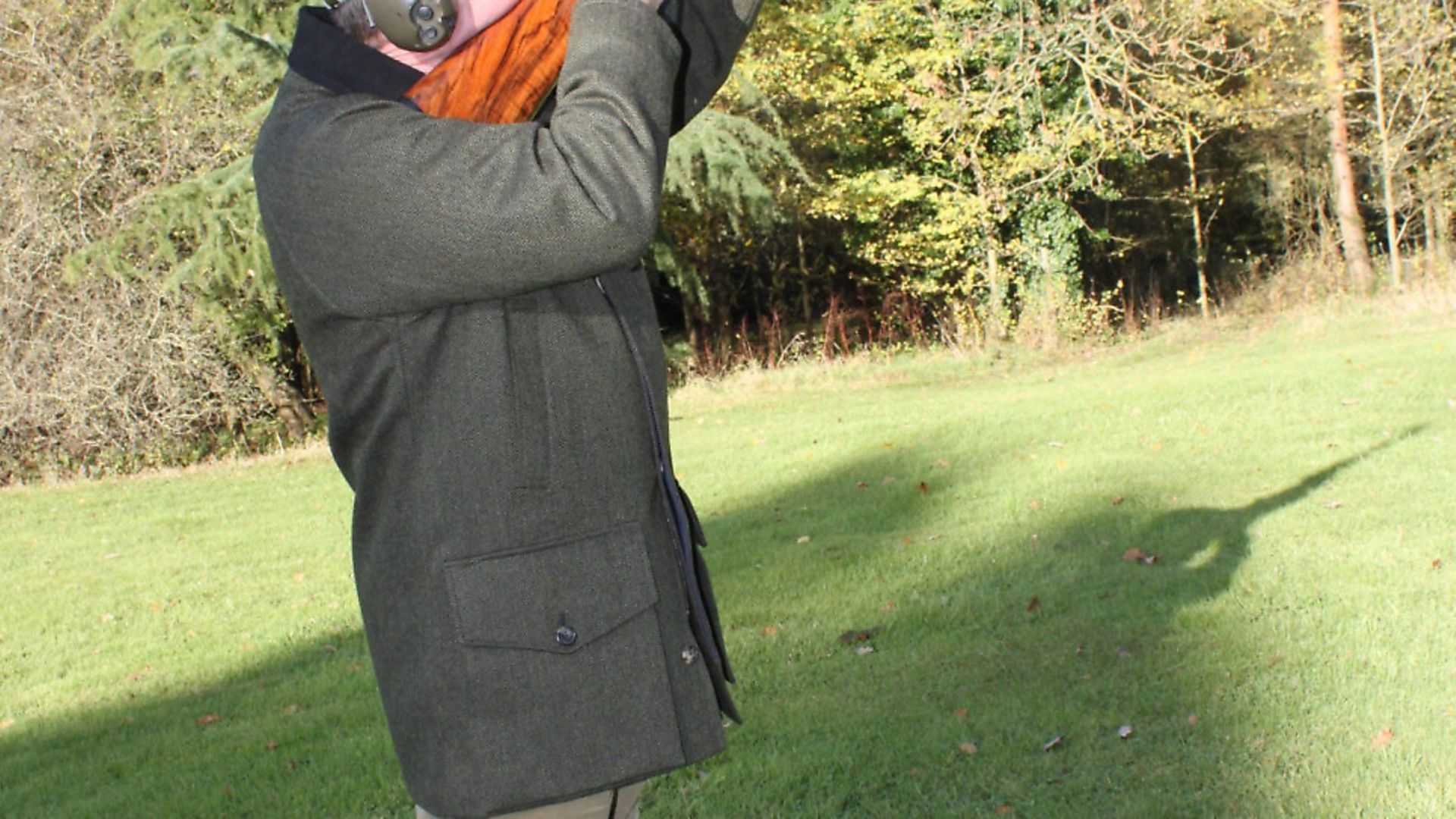 credit: Archant
credit: Archant
ON THE PEG
If you have done your pre-season preparation, you will have your technique all sorted out. When you arrive on your peg, work out where the front of your drive will be – i.e. where most of the birds that will come over you will arrive from. If that is twelve o’clock, and you are a right-hander, set your feet up at one and three o’clock.
You are going to stand up straight, not slumped, aren’t you? Feet not too far apart, four to six inches at the heels is plenty. If you look in some shooting photos you will see plenty of shooters with their weight on the back foot, arched back and head off the gun. This will not be you, will it?
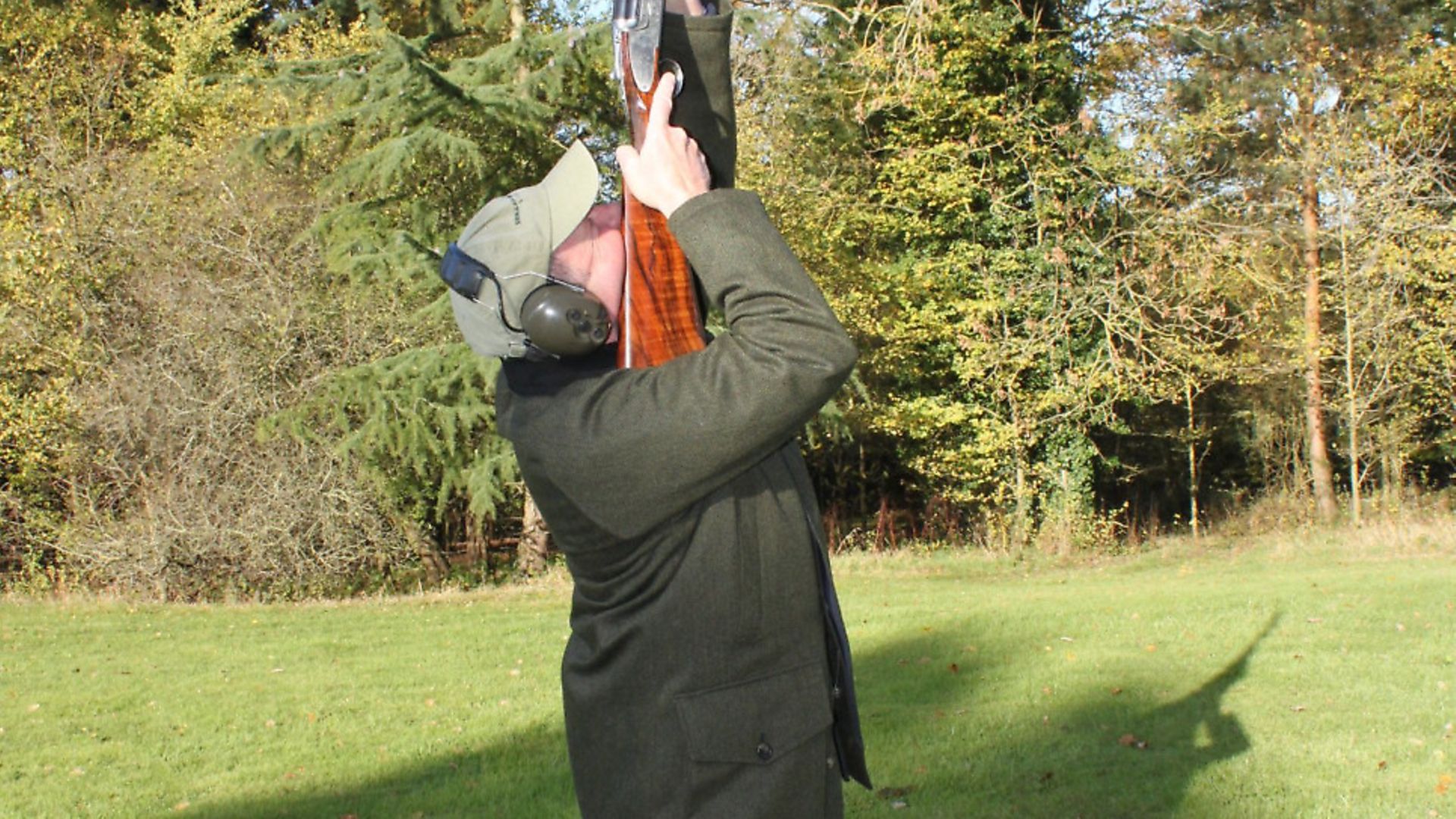 credit: Archant
credit: Archant
IN AN IDEAL WORLD...
...you will be an example to all, standing straight with the gun butt tucked up under your arm. The weight of the gun will be on the front hand, with the muzzles positioned between your eyes and the tops of the trees where you expect the birds to come from. Your weight will be evenly distributed, not heavy on either the front or back foot. As you see your pheasant, your front hand should push the muzzles forward to lock onto the tail of the bird, not behind it, the gun moving with the bird now, on the same line and at the same speed as the target.
As the comb comes into your cheek, about where the teeth meet inside your cheek, your shoulder should push forward to meet the butt. Then, apply the correct lead and follow through, and watch as the bird crumples to the adulation and amazement of your fellow Guns. Having shot the first bird well out in front, stay focused and you can then move on to take the second bird over your head, dropping it neatly at the feet of a picker-up 80 yards behind.
That’s how it should work, anyway.
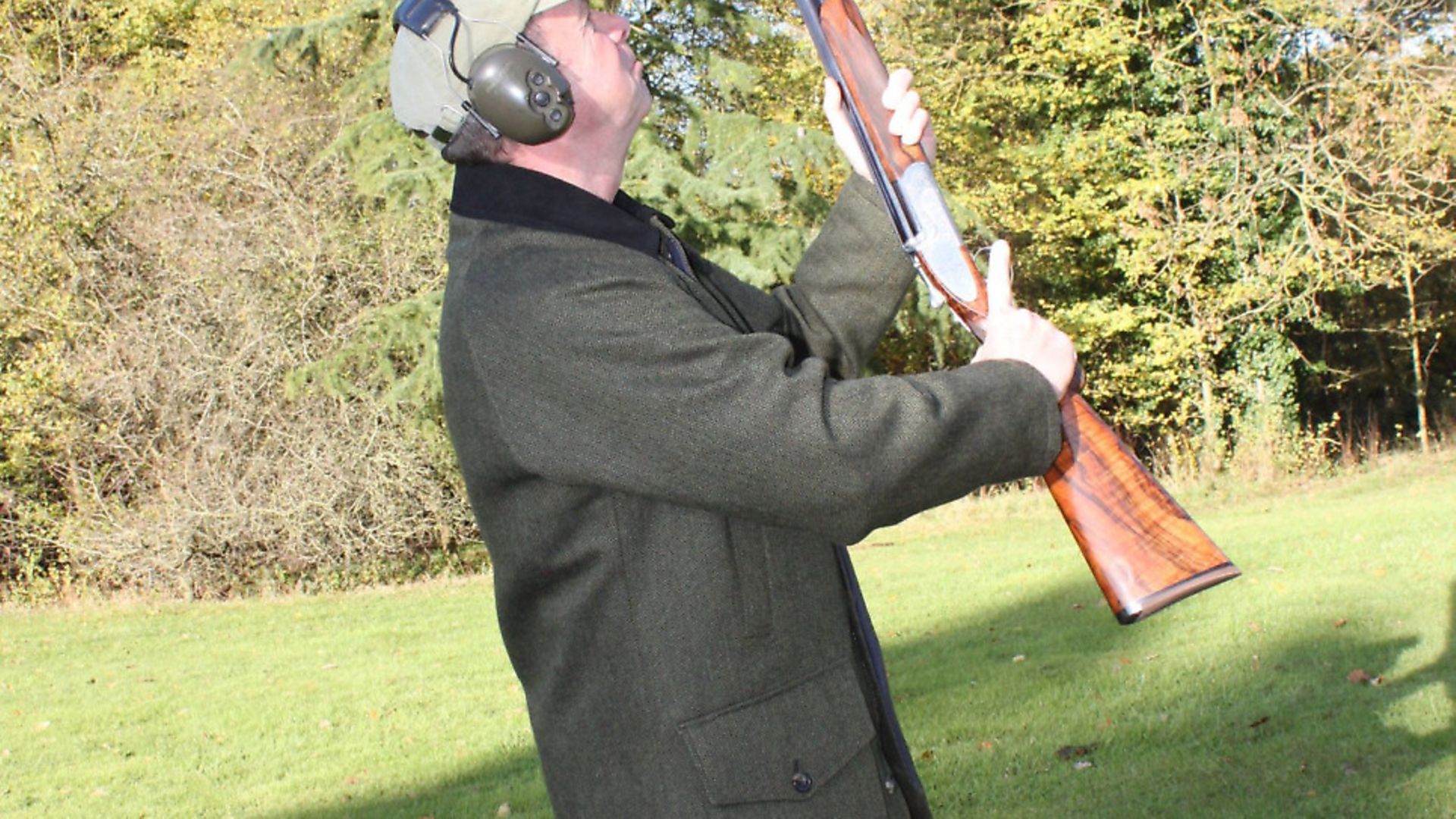 credit: Archant
credit: Archant
RIGHTS AND WRONGS
While it is not my personal favourite, the ‘swing through’ method can work. To shoot it well, as you mount the gun onto the target, you should be moving with it, like our straight-driven pheasant, on its tail. When you complete the mount, you then just speed up a little, still under control, and when you have passed the beak, fire and follow through.
Today, too many Guns mount miles behind the bird with a ‘dead gun’ (i.e. not moving with the target at all) then slash wildly after it. When your brain realises you have gone too far past the target, the gun usually stops dead, followed by a yank on the trigger and every now and then you will knock one or two down. It is not the most effective way to shoot. If you are going to change your method, best to do it before the season, not during, and practise. A lot!
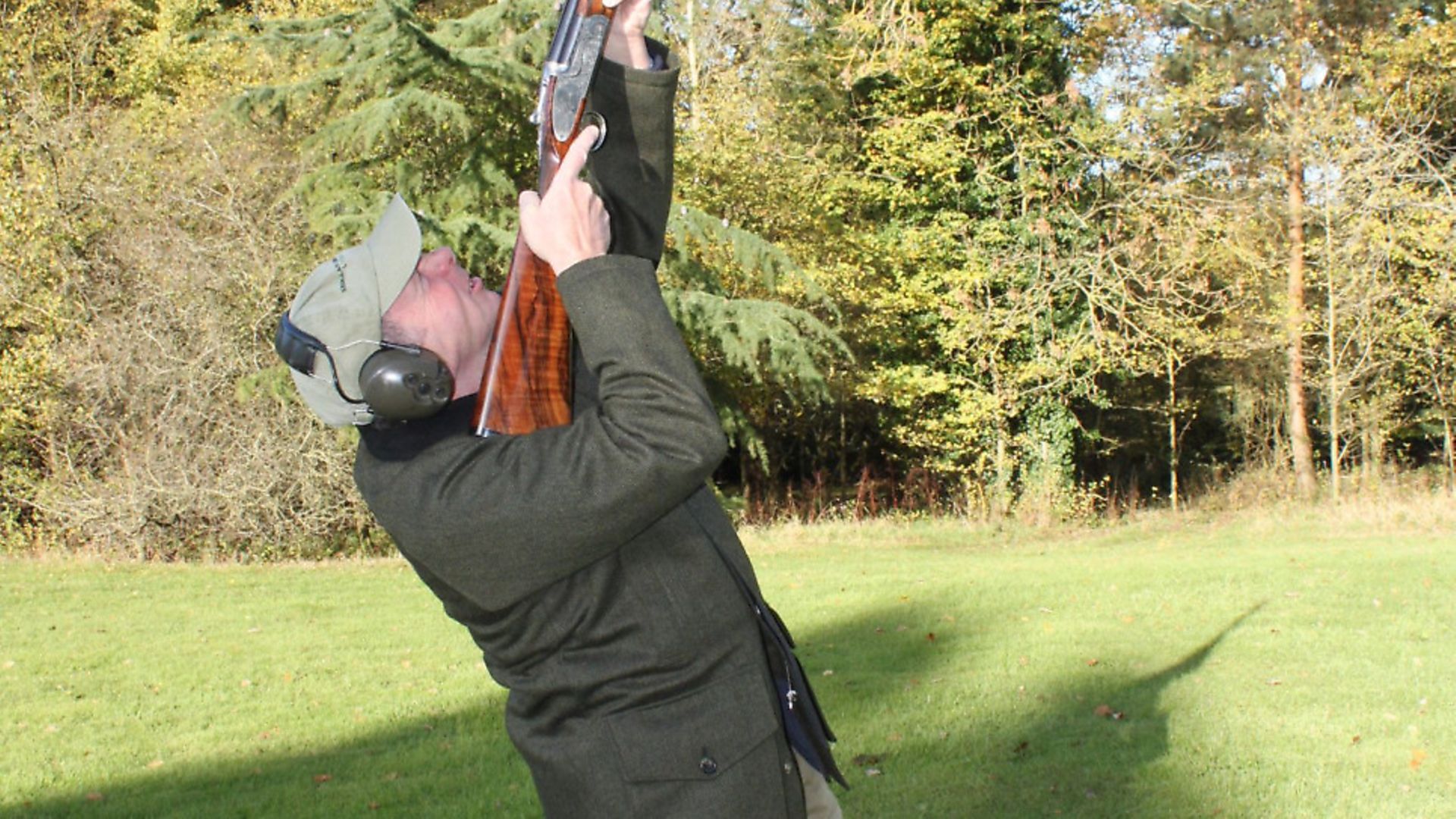 credit: Archant
credit: Archant
The quartering target, where the bird flies between you and the neighbouring Gun, really suits ‘method’ as a technique. Mount the gun onto the target, pushing forward with the front hand, locking the muzzles under its chin. A shotgun is designed to put one third of its pattern on and above the point of ‘aim’, (we don’t aim with a shotgun, do we?).
When the comb comes into the cheek and the shoulder pushes into the stock, apply lead, fire and follow through. You will need to turn onto the bird, otherwise you will roll off the line of the bird. If the bird is quartering to your right, this means your right shoulder will rise and your left drop, so that the line through your shoulders mirrors the line of the bird. For the bird to the left, the left shoulder rises and the right drops. In either of these moves, if you bend your rear leg, the effect is to cause you to lean back, meaning your head will come up off the stock, you will miss above the target and you’ll suffer excess recoil.